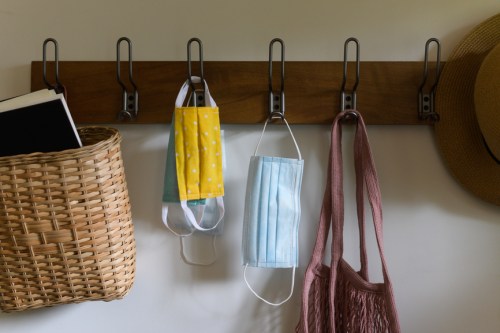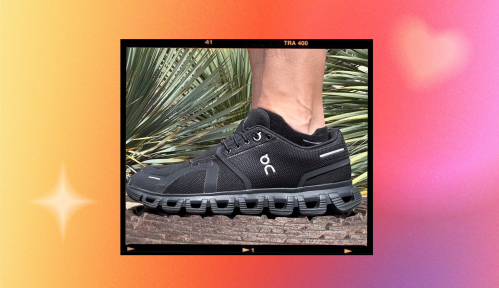Our editors independently select these products. Making a purchase through our links may earn Well+Good a commission
With a more contagious (and possibly more deadly) variant of the coronavirus spreading, people throughout the world are doubling down—and doubling up—on their masking efforts. Germany, France, and Austria, for example, now require medical-grade masks to be worn in public places such as grocery stores and while taking public transportation. However, the World Health Organization recommends non-medical cloth masks for people under the age of 60 who do not have underlying health conditions. And the Centers for Disease Control and Prevention says that only healthcare workers should be wearing medical-grade masks. So what is the correct mask to wear in 2021? The answer might be more than one, according to epidemiologists.
Experts in This Article
Anthony Harris, MD, MPH, is the associate medical director for WorkCare.
infectious disease epidemiologist and public health professor at the University of Nevada, Las Vegas
“If we had the supply to begin with in the beginning of the pandemic, then most likely, the recommendation would have existed to utilize the N95. But because of supply constraints, that recommendation was unreasonable to meet,” says Anthony Harris, MD, MPH, associate medical director for WorkCare. Dr. Harris doubts we’ll get to the point that wearing a medical-grade mask in public becomes a mandate in the United States. “[There’s] still a constraint on the supply of N95s. It’s not as bad as it was, but it still exists as a bottleneck.”
If you’re interested in wearing N95 masks, you shouldn’t be worried about depleting the supply for healthcare workers, says Dr. Harris. “What we know is that the government sequestered a national stockpile of [personal protective equipment] to distribute for the healthcare workers, frontline workers, et cetera,” he says. “That process is still ongoing, so I would not be concerned or overly concerned that you’re going to outstrip the supply or take supply away from healthcare workers at this point in time.”
Dr. Harris supports the idea of people wearing N95 masks (or one of its international cousins, the KN95 or FFP2) in public. “Wearing the N95 instead of a cloth mask is preferable to help increase the level of protection for yourself as well as others around you,” says Dr. Harris.
One of the earlier points of determent for wearing an N95 was how difficult it was to get a proper fit. “If you put an adult-sized N95 on a child, obviously that scenario would likely lead to that mask not being as effective as a properly fitting cloth mask for that child,” says Dr. Harris. “Outside of that dramatic analogy, in most cases, if you utilize the N95 and you’re getting a decent seal or the fitting is not to the standard that we do in the hospital and clinics, but has some gaps, you’re still likely to get a better protective value than a cloth mask that’s properly fitted, because likely the cloth mask is going to have some gaps as well, compared to the N95, just based upon its design.”
Brian Labus, PhD, MPH, an infectious disease epidemiologist and public health professor at the University of Nevada, Las Vegas, says that doubling up can be helpful in a situation where a mask isn’t a perfect fit or for added protection if you have a thin, single-layer mask.
Why is the science changing? Here’s the answer:
“Multiple layers of fabric are likely to provide better protection than a single layer does. Single-layer masks are easy to find and it is easy to double them up,” says Dr. Labus. “Additionally, wearing two masks can help the masks fit better on your face, with one mask sealing any gaps around the other one.”
Wearing two masks can also help prolong the longevity of a medical-grade mask.
“The benefit of the N95 comes not just from the small pore size of the mask but from the fact that it is designed to form a tight seal to your face,” says Dr. Labus. “Wearing a second mask is about protecting the more expensive, and less available, N95 mask so that you can extend its lifetime.”
When shopping for an N95, be sure to check that it’s a certified mask. You can find the CDC’s approved list of N95s here.
Oh hi! You look like someone who loves free workouts, discounts for cult-fave wellness brands, and exclusive Well+Good content. Sign up for Well+, our online community of wellness insiders, and unlock your rewards instantly.
Sign Up for Our Daily Newsletter
Get all the latest in wellness, trends, food, fitness, beauty, and more delivered right to your inbox.
Got it, you've been added to our email list.











